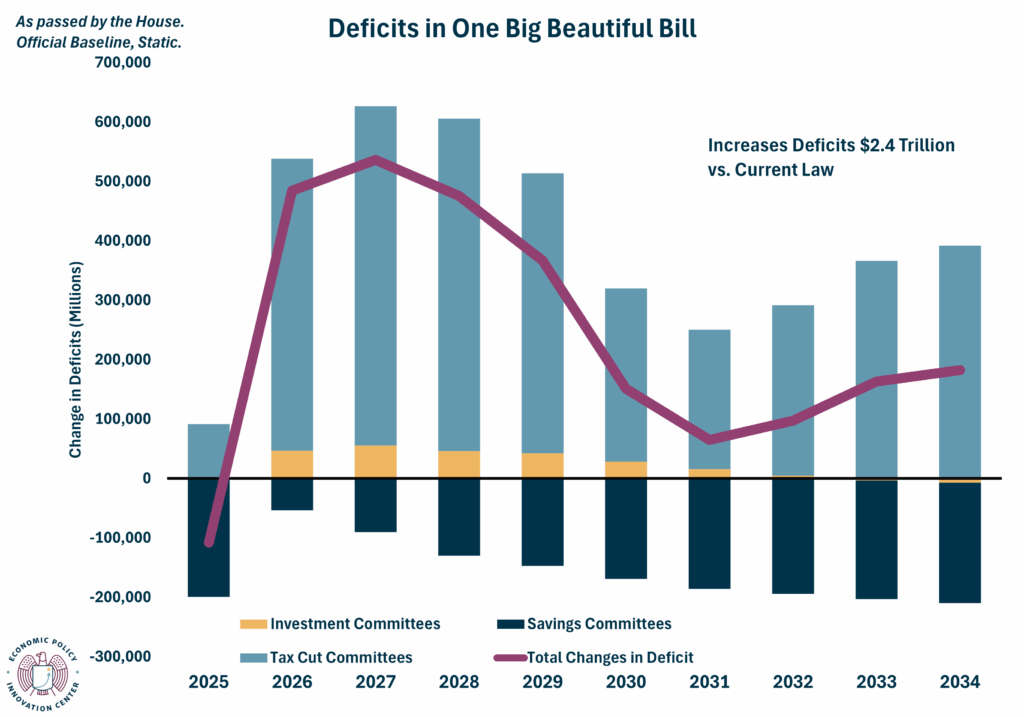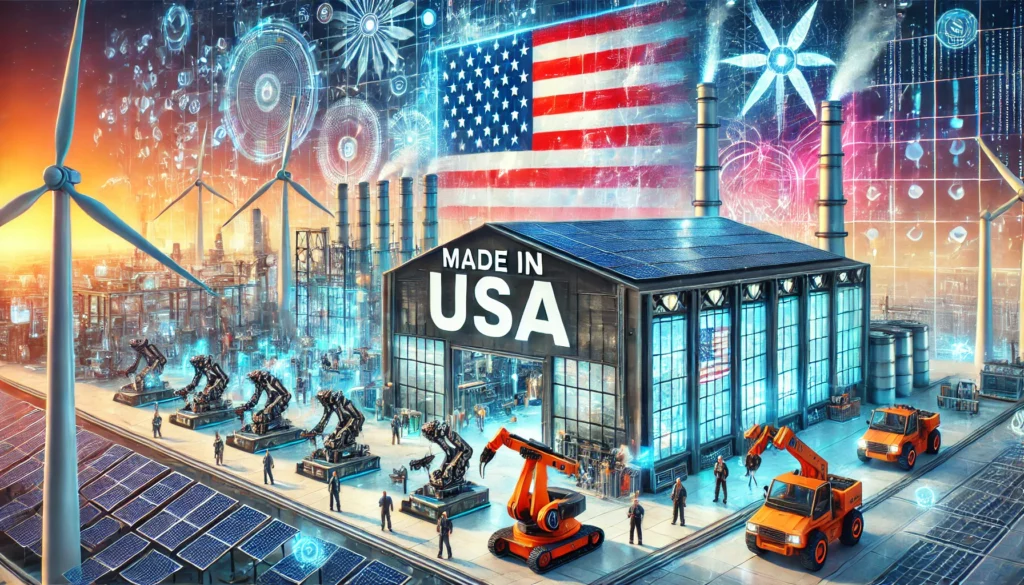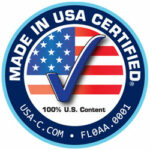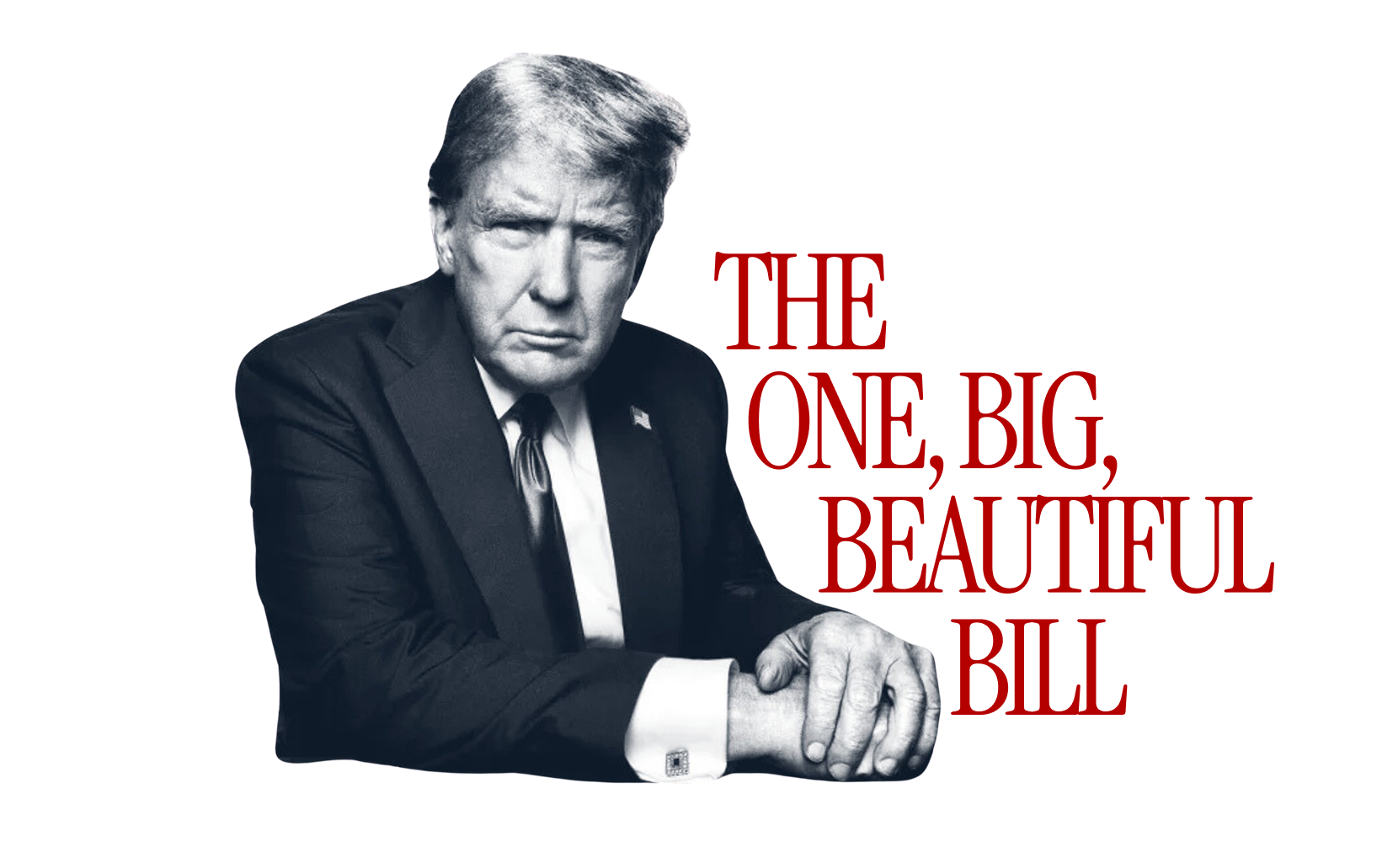By Michelle Tan
Once the roaring engine of American innovation, Detroit symbolized a golden age of industry. But as the decades passed and corporations moved production offshore, the U.S. industrial base quietly eroded. Entire cities faded into decay, and with them, our control over the products we depend on every day.
The consequences? Costly—and sometimes dangerous.
One infamous example involved something as ordinary as a tomato. In a national outbreak of salmonella, hundreds fell ill. Authorities pointed the blame at a Florida packing facility, leading to lawsuits and public backlash. But the truth was far more complicated—the contaminated tomatoes were imported from Mexico. This mishap revealed a chilling reality: when supply chains stretch across borders, we often can’t trace what we eat, use, or inject into our bodies. You can read the original CBS News report here.
That incident wasn’t just a food scare—it was a wake-up call.
And then came the pandemic.
In 2020, COVID-19 paralyzed the world. Americans found themselves scrambling for essentials—masks, medicine, even basic household goods. Shelves went empty. Pharmacies couldn’t restock. We discovered that over 80% of the active ingredients in our pharmaceuticals came from overseas. And just like that, the myth of the “stable global supply chain” collapsed.
In response, a growing movement took shape: reshoring—bringing factories and supply chains back to American soil.
Reshoring isn’t a theoretical shift. It’s happening now, with support from both Congress and the Trump administration. Through a blend of tax incentives, reshoring grants, and targeted tariffs, American manufacturers are finally receiving the backing they need to compete. The cornerstone of this effort is detailed in what’s being called the One Big Beautiful Bill, a sweeping piece of legislation reshaping industrial policy. You can dive into the complete analysis here.
But beyond politics, it’s technology that’s making reshoring truly competitive.

Fiscal Effects Of The One Big Beautiful Bill
Today’s factories are not the smoke-belching monoliths of the past. They’re sleek, digital, and optimized. Artificial intelligence, robotics, and machine learning are slashing production costs while enhancing quality and speed. A made-in-America product can now beat imported alternatives not only in integrity, but in efficiency.
With shorter shipping routes, fewer intermediaries, and real-time data, companies can now track inventory, respond to demand fluctuations, and avoid supply chain meltdowns with unprecedented precision.
That’s where verification comes in.
Reshoring solves the geography problem—but what about trust? Consumers and regulators demand more than “Made in USA” stamped on a box. They want proof.
That’s where the Veritize system enters the scene. Powered by AI, blockchain, and IoT, it brings digital traceability to physical goods. From the factory floor to the retail shelf, every product gets a digital identity, ensuring authenticity, origin, and compliance at every step. For a deeper dive into how this technology works, check out this article from Made in USA News.
With Veritize, tracking and tracing is no longer a paper trail—it’s a real-time, tamper-proof ecosystem. It prevents fraud, builds consumer confidence, and brings transparency to everything from tomatoes to semiconductors.

Conclusion: A New American Era
The reshoring revolution is not nostalgia. It’s a strategy. It’s survival. It’s the blueprint for a resilient economy that can weather pandemics, protect national security, and restore trust in what we buy.
America once built the world’s strongest industrial base. Now, with a mix of policy, technology, and patriotism, we’re rebuilding it—stronger, smarter, and right here at home.
The age of outsourcing is over. The age of Made in USA has begun.

